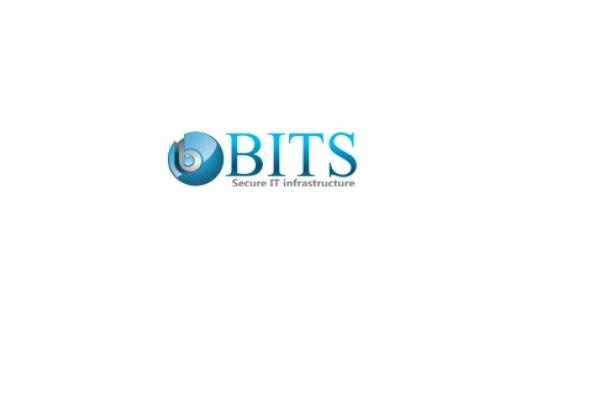Rack Mount Enclosures Suppliers in Dubai,UAE

Bits Secure IT Infrastructure LLC
Phone: +971 43282444
Emirate:Dubai, P.O.BOX:3282444
Address:SUNTECH Tower - Office 903 - Dubai Silicon Oasis - Industrial Area - Dubai - United Arab Emirates
Rack mount enclosures are cabinets designed to house and protect electronic equipment, typically used in data centers, server rooms, and other IT environments. They provide a standardized way to organize and mount various equipment, ensuring efficient use of space, proper ventilation, and cable management.
Key features:
Standardized size: Conform to a universal width of 19 inches, allowing compatibility with equipment from different manufacturers.
Mounting rails: Have vertical rails with standardized holes for securely mounting equipment using screws or bolts.
Ventilation: Equipped with vents or fans to facilitate air circulation and prevent overheating of equipment.
Cable management: Often include features like cable trays and lacing bars to organize and route cables effectively.
Security: May have locking doors and panels to restrict unauthorized access to equipment.
Benefits:
Improved organization: Keep equipment organized, labeled, and easily accessible for maintenance and troubleshooting.
Enhanced protection: Shield equipment from dust, dirt, physical damage, and environmental hazards.
Efficient space utilization: Maximize space usage by vertically stacking multiple enclosures.
Scalability: Accommodate additional equipment as your needs grow by adding more enclosures.
Better airflow: Proper ventilation helps maintain optimal operating temperatures for equipment.
Types of rack mount enclosures:
Open frame racks: Basic frames with mounting rails, suitable for well-ventilated environments.
Enclosed racks: Offer complete enclosures with doors and panels for added protection in dusty or controlled environments.
Wall-mount racks: Compact enclosures designed for mounting on walls, ideal for space-constrained areas.
Choosing the right rack mount enclosure:
Consider these factors when selecting a rack mount enclosure:
Size: Choose a size that accommodates your current and future equipment needs, considering both height (measured in rack units or U) and depth.
Weight capacity: Ensure the enclosure can support the weight of your equipment.
Ventilation: Select an open frame or enclosed rack with adequate ventilation based on your environment and equipment heat generation.
Cable management: Consider features that will help you organize and route cables efficiently.
Security: Opt for lockable doors if security is a concern.
Material: Choose between metal for sturdiness or plastic for lighter weight options.
Key features:
Standardized size: Conform to a universal width of 19 inches, allowing compatibility with equipment from different manufacturers.
Mounting rails: Have vertical rails with standardized holes for securely mounting equipment using screws or bolts.
Ventilation: Equipped with vents or fans to facilitate air circulation and prevent overheating of equipment.
Cable management: Often include features like cable trays and lacing bars to organize and route cables effectively.
Security: May have locking doors and panels to restrict unauthorized access to equipment.
Benefits:
Improved organization: Keep equipment organized, labeled, and easily accessible for maintenance and troubleshooting.
Enhanced protection: Shield equipment from dust, dirt, physical damage, and environmental hazards.
Efficient space utilization: Maximize space usage by vertically stacking multiple enclosures.
Scalability: Accommodate additional equipment as your needs grow by adding more enclosures.
Better airflow: Proper ventilation helps maintain optimal operating temperatures for equipment.
Types of rack mount enclosures:
Open frame racks: Basic frames with mounting rails, suitable for well-ventilated environments.
Enclosed racks: Offer complete enclosures with doors and panels for added protection in dusty or controlled environments.
Wall-mount racks: Compact enclosures designed for mounting on walls, ideal for space-constrained areas.
Choosing the right rack mount enclosure:
Consider these factors when selecting a rack mount enclosure:
Size: Choose a size that accommodates your current and future equipment needs, considering both height (measured in rack units or U) and depth.
Weight capacity: Ensure the enclosure can support the weight of your equipment.
Ventilation: Select an open frame or enclosed rack with adequate ventilation based on your environment and equipment heat generation.
Cable management: Consider features that will help you organize and route cables efficiently.
Security: Opt for lockable doors if security is a concern.
Material: Choose between metal for sturdiness or plastic for lighter weight options.


